Stručný úvod ocelové mezipánve
The steel tundish is a refractory container through which molten steel poured from the ladle is distributed to various setters via the tundish nozzle. Continuous casting offers advantages such as increased metal yield and reduced energy consumption, simplifying the steelmaking process, shortening the workflow, and significantly improving production efficiency. As a metallurgical reactor, the tundish is a crucial element in improving steel output and quality. Its role is indispensable for both the smooth operation of continuous casting and ensuring the required steel quality.
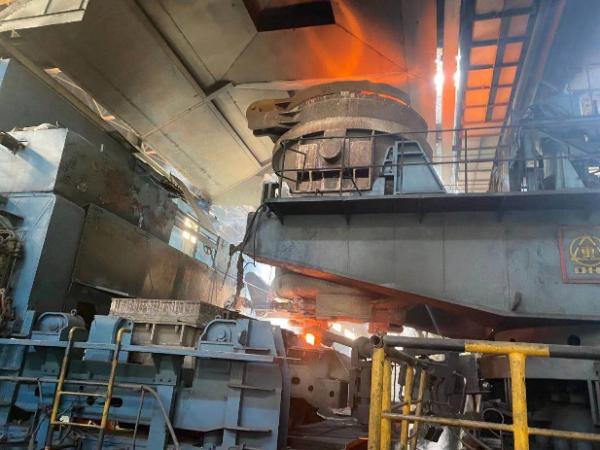
Steel tundish functions
- Diversion Function: In multi-strand continuous casting machines, the molten steel is diverted through the multi-nozzle tundish.
- Continuous Casting Function: In multi-heat continuous casting, the molten steel stored in the tundish serves as a connecting element when transferring to the ladle.
- Pressure Reduction and Flow Stabilization Function: The molten steel level in the ladle is 5-6 meters high, resulting in significant impact and large fluctuations during casting. The molten steel level in the tundish is lower and fluctuates less, thus stabilizing the casting process and reducing the scouring of the solidified billet shell in the mold.
- Protection Function: The tundish’s surface coating, long nozzles, and other protective devices reduce external contamination of the molten steel.
- Impurity Removal Function: As the last refractory container before solidification, the tundish significantly impacts steel quality. It is crucial to remove non-metallic inclusions while the steel is still in the liquid state.
Steel tundish structure
Continuous casting machines all use bottom-cast tundishes. It consists of several parts, including the tundish body, tundish cover, stopper rod, and nozzle, and comes in various shapes such as oblong, elliptical, and triangular.

Steel tundish process requirements
- Good heat dissipation and small footprint
- Good thermal insulation and a simple shape
- The size and configuration of the sprue meet the requirements of the billet cross-section, number of flow stages, and continuous casting machine layout
- Facilitates pouring, ladle cleaning, and bricklaying
- Structural stability under long-term high temperatures
 Továrna na žáruvzdorné materiály Rongsheng
Továrna na žáruvzdorné materiály Rongsheng


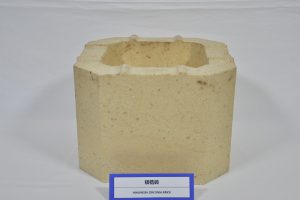
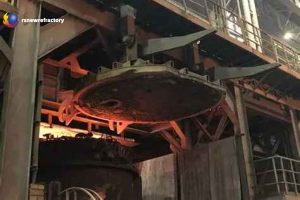

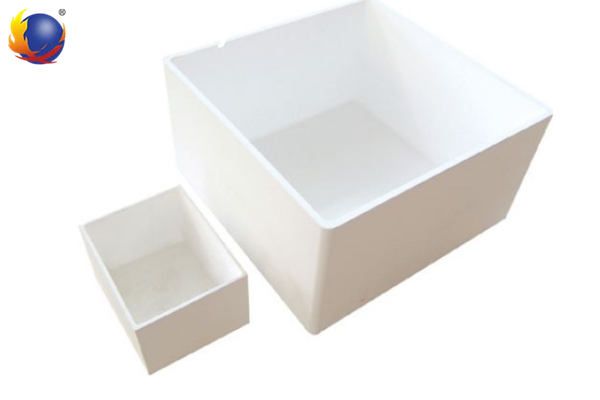

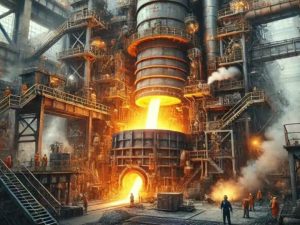

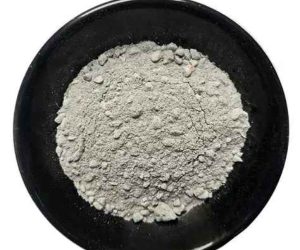
WeChat
Naskenujte QR kód pomocí wechat